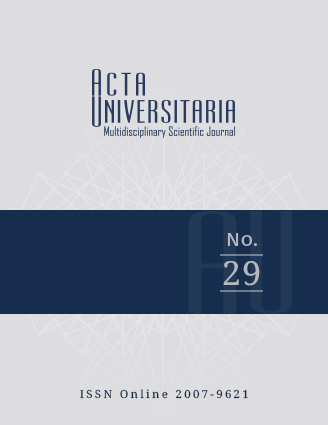Seasonal changes in soluble sugar concentration in pecan perennial organs (Carya illinoiensis [Wangenh.] Koch)
Published 2019-10-30
How to Cite
Abstract
Transport of sugars from assimilation tissues to reserve tissues determines growth or reproductive storage. The objective was to determine the concentrations of soluble sugars in pecan tree grown in an orchard located in Torreón, Coahuila, during the stages of production and dormancy. Samples of root, stem, branch, and bud emitted from the year (annual growth) were taken from four adult trees. During the dormancy higher concentrations of soluble sugars were observed than during the production stage. Root and annual outbreaks had similar concentrations, higher than the other two organs. The lowest concentration was always found in branches. Stem had a concentration similar to the branches during the production stage, while in the dormant stage, the stem had a higher concentration of sugars than the branches. Although the root has the highest concentrations of soluble sugars, the stem, by its size, accumulates the greatest amount of total sugars in the whole tree. It was estimated that the percentage of soluble sugars of the total carbon contained in the biomass represents a percentage value of 66%.


